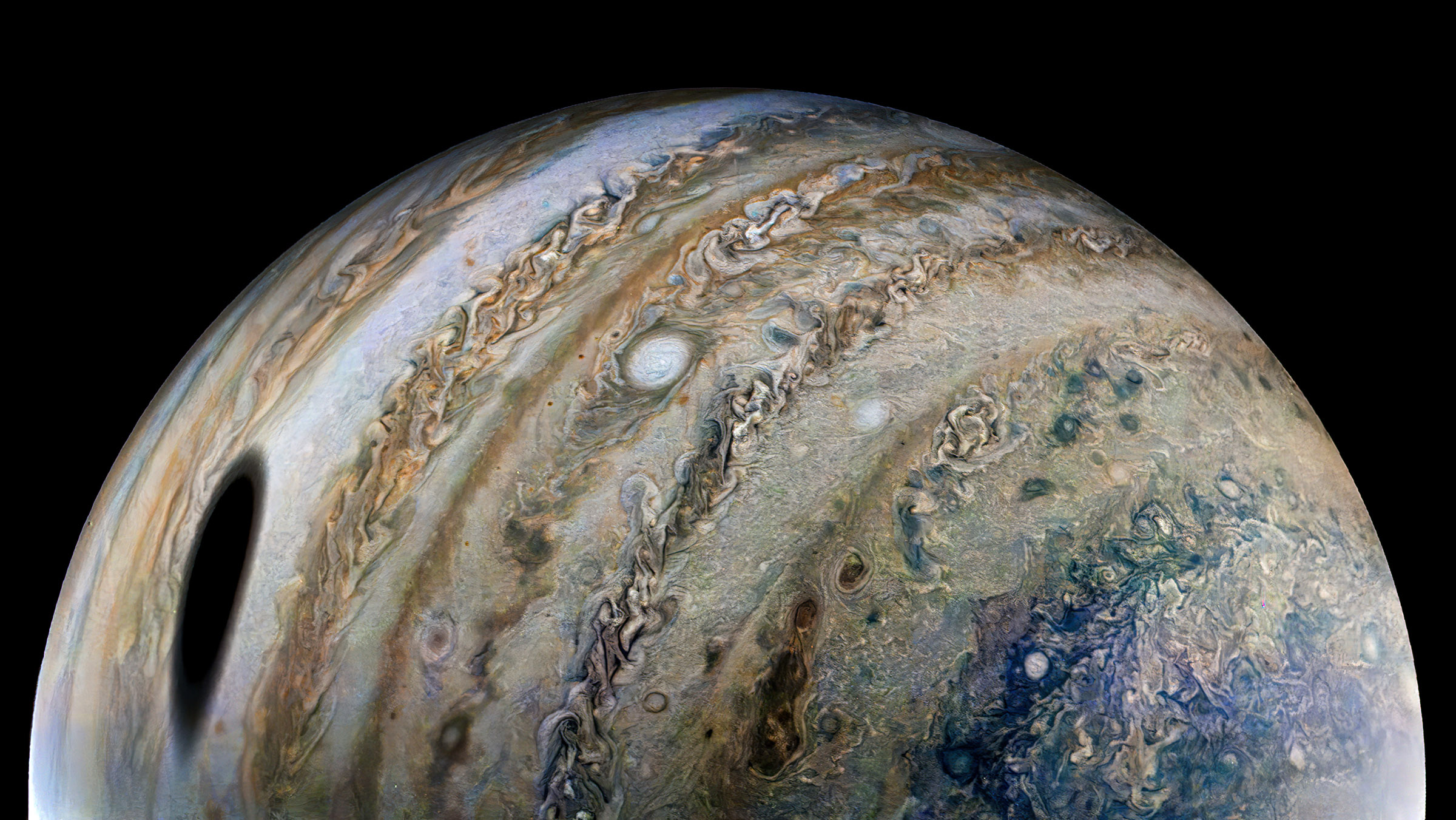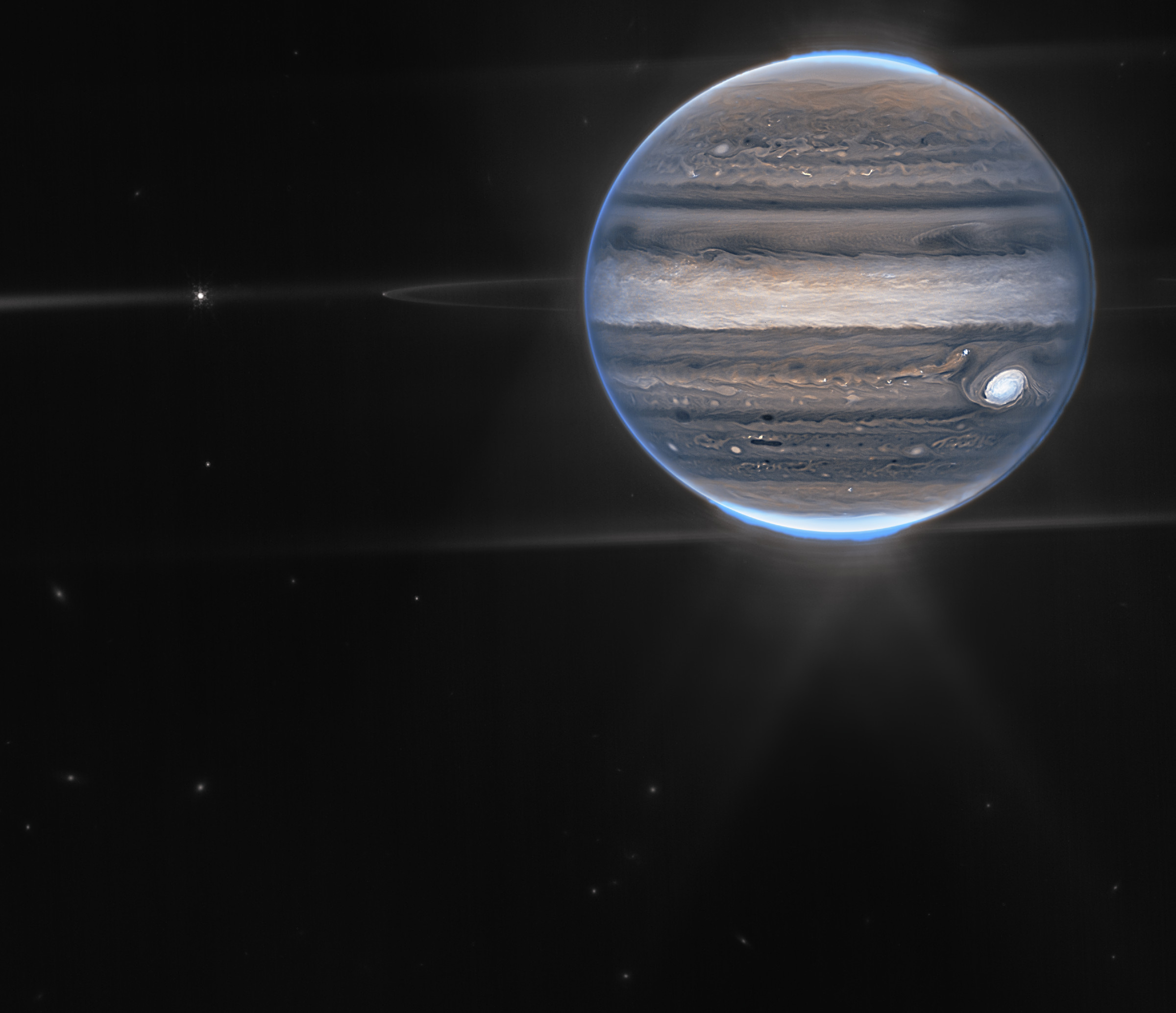In 2019, Saturn pushed ahead of Jupiter as the planet with the most moons in our solar system. Now, however, Jupiter’s moon count has been revised thanks to the discovery of 12 new moons, bringing it back above Saturn’s total of 83 with a new grand total of 92 moons.
The discovery of the new moons is intriguing not only because it helps push this fun little race forward but also because it could help us learn a lot more about Jupiter’s history as a whole. Scientists discovered the additional tallies for Jupiter’s moon count through observations in 2021 and 2022.
Anything spotted near Jupiter and moving across in the same direction and speed is considered a potential moon. But it takes time for scientists to confirm the discoveries. To justify the additions to Jupiter’s moon count, the astronomers rely on follow-up observations made a month and then a year later.

These follow-up observations help determine whether or not the supposed moon is still following that same orbital path. If it is, scientists can determine the exact path and whether it should be counted in Jupiter’s moon count.
Having 92 moons is no joke, and it isn’t that surprising that Jupiter still has more moons to discover, as scientists believe both it and Saturn are home to perhaps dozens of more satellites orbiting the two planets. What is interesting, though, is that these latest additions to Jupiter’s moon count paint a pattern.
That pattern could very well help scientists learn more about Jupiter’s past, too, including giving us proof of whether or not Jupiter ate other planets to grow so large. Many of the Jupiter moons discovered are in retrograde orbit. These moons are believed to be part of larger bodies that broke apart.

Because some moons orbit in a prograde orbit, scientists believe that the retrograde orbiting moons could have been created by collisions with prograde orbiting moons, leaving all the pieces hurtling around the gas giant, continually growing Jupiter’s moon count.
Of course, only time will tell if and when the Saturn and Jupiter moon counts grow more. While it is fun to joke about the two planets being in a race, the scientists win here, as each discovery helps us learn more about our solar system’s various planets.








